Neonatal–Maternal Bodyweight Ratio at Birth: An Indicator for First-Week Survival Prognosis in Canine Newborns
Abstract
Simple Summary
Abstract
1. Introduction
2. Materials and Methods
2.1. Ethics
2.2. Study Design and Animals
- –
- –
- –
- irrespective of the type of delivery, puppies were born at term according to fetal biometry and were fully developed [25,26,27,28]. The parameters used to estimate the parturition term were the inner diameter of the chorionic cavity (ICC) twenty days after mating and the biparietal diameter (BP) in late pregnancy (around 40 days after mating);
- –
- only data from uncomplicated pregnancies without any evidence of embryo or fetal loss and stillbirth were included and fetal well-being was verified by fetal heart rate [29] at the time of ultrasonographic examinations performed either for fetal biometry or at impending parturition term.
2.3. Statistical Analysis
3. Results
4. Discussion
5. Conclusions
Author Contributions
Funding
Institutional Review Board Statement
Informed Consent Statement
Data Availability Statement
Conflicts of Interest
References
- Pereira, K.H.N.P.; Fuchs, K.D.M.; Corrêa, J.V.; Chiacchio, S.B.; Lourenço, M.L.G. Neonatology: Topics on Puppies and Kittens Neonatal Management to Improve Neonatal Outcome. Animals 2022, 12, 3426. [Google Scholar] [CrossRef] [PubMed]
- Mila, H.; Feugier, A.; Grellet, A.; Anne, J.; Gonnier, M.; Martin, M.; Rossi, G.L.; Chastant-Maillard, S. Immunoglobulin G concentration in canine colostrum: Evaluation and variability. J. Reprod. Immunol. 2015, 112, 24–28. [Google Scholar] [CrossRef]
- Uchańska, O.; Ochota, M.; Eberhardt, M.; Niżański, W. Dead or Alive? A Review of Perinatal Factors That Determine Canine Neonatal Viability. Animals 2022, 12, 1402. [Google Scholar] [CrossRef] [PubMed]
- Mugnier, A.; Gaillard, V.; Chastant, S. Relative Impact of Birth Weight and Early Growth on Neonatal Mortality in Puppies. Animals 2023, 13, 1928. [Google Scholar] [CrossRef] [PubMed]
- Veronesi, M.C.; Castagnetti, C.; Taverne, M.A.M. Neonatologia Veterinaria, 1st ed.; EdiSES: Naples, Italy, 2012. [Google Scholar]
- Mugnier, A.; Mila, H.; Guiraud, F. Birth weight as a risk factor for neonatal mortality: Breed-specific approach to identify at-risk puppies. Prev. Vet. Med. 2019, 171, 104746. [Google Scholar] [CrossRef]
- Groppetti, D.; Pecile, A.; Airoldi, F.; Pizzi, G.; Boracchi, P. Birth weight distribution in Golden and Labrador retriever dogs: A similar morphotype with a different trend. Preliminary data. Anim. Reprod. Sci. 2022, 245, 107069. [Google Scholar] [CrossRef]
- Trangerud, C.; Grøndalen, A.; Indrebø, A. A longitudinal study on growth and growth variables in dogs of four large breeds raised in domestic environments. J. Anim. Sci. 2007, 85, 76–83. [Google Scholar] [CrossRef]
- Fiszdon, K.; Kowalczyk, I. Litter size, puppy weight at birth and growth rates in different breeds of dogs. Ann. Wars. Univ. Life Sci. 2009, 46, 161–168. [Google Scholar]
- Melandri, M.; Alonge, S.; Veronesi, M.C. Factors affecting neonatal bodyweight and growth rate in Great Dane puppies. In Proceedings of the 19th European Veterinary Society for Small Animal Reproduction (EVSSAR) Congress, Paris, France, 22–25 June 2016; p. 115. [Google Scholar]
- Mila, H.; Grellet, A.; Feugier, A. Differential impact of birth weight and early growth on neonatal mortality in puppies. J. Anim. Sci. 2015, 93, 4436–4442. [Google Scholar] [CrossRef]
- Howe, P.W. Causes of intrauterine growth retardation. Br. Med. J. 1982, 285, 156–157. [Google Scholar] [CrossRef][Green Version]
- Ashworth, C.J.; Finch, A.M.; Page, K.R. Causes and consequences of fetal growth retardation in pigs. Reprod. Suppl. 2001, 58, 233–246. [Google Scholar] [PubMed]
- Indrebø, A.; Trangerud, C.; Moe, L. Canine neonatal mortality in four large breeds. Acta Vet. Scand. 2007, 49, S2. [Google Scholar] [CrossRef]
- Devillers, N.; Le Dividich, J.; Prunier, A. Influence of colostrum intake on piglet survival and immunity. Animal 2011, 5, 1605–1612. [Google Scholar] [CrossRef]
- Mugnier, A.; Chastant, S.; Lyazrhi, F.; Saegerman, C.; Grellet, A. Definition of low birth weight in domestic mammals: A scoping review. Anim. Health Res. Rev. 2022, 23, 157–164. [Google Scholar] [CrossRef]
- Hawthorne, A.J.; Booles, D.; Nuget, P.A. Body-weight changes during growth in puppies of different breeds. J. Nutr. 2004, 134, 2027S–2030S. [Google Scholar] [CrossRef] [PubMed]
- Alonge, S.; Meloni, T.; Melandri, M. Factors influencing birth weight and neonatal weight gain in Chow-Chow puppies. In Proceedings of the 17th European Veterinary Society Small Animal Reproduction (EVSSAR) Congress, Wroclaw, Poland, 26 September 2014; p. 164. [Google Scholar]
- Schrank, M.; Mollo, A.; Contiero, B. Bodyweight at birth and growth rate during the neonatal period in three canine breeds. Animals 2020, 10, 8. [Google Scholar] [CrossRef]
- Grundy, S.A. Clinically relevant physiology of the neonate. Vet. Clin. N. Am. Small Anim. Pract. 2006, 6, 443–459. [Google Scholar] [CrossRef]
- Kocevar, G.; Rioland, M.; Laxalde, J.; Mugnier, A.; Adib-Lesaux, A.; Gaillard, V.; Bodin, J. Growth charts for small sample sizes using unsupervised clustering: Application to canine early growth. Vet. Res. Commun. 2023, 47, 693–706. [Google Scholar] [CrossRef]
- Alonge, S.; Barella, G.; Melandri, M. Preventive screening of ovarian and uterine abnormalities in bitches: Role of sonography in the evaluation of 228 cases. In Proceedings of the 42nd World Small Animal Veterinary Association (WSAVA) and FECAVA 23rd Eurocogress, Copenhagen, Denmark, 25–28 September 2017; p. 777. [Google Scholar]
- Melandri, M.; Barella, G.; Alonge, S. Assessment of the optimal age for a preventive ultrasonographic screening of the uterine health in bitches. Reprod. Dom. Anim. 2019, 54, 1182–1187. [Google Scholar] [CrossRef]
- Ahlstrøm, O.; Biagi, G.; Dobenecker, B. Nutritional Guidelines for Complete and Complementary Petfood for Cats and Dogs; FEDIAF: Bruxelles, Belgium. Available online: http://www.fediaf.org (accessed on 1 November 2016).
- Luvoni, G.C.; Grioni, A. Determination of gestational age in medium and small size bitches using ultrasonographic fetal measurements. J. Small Anim. Pract. 2000, 41, 292–294. [Google Scholar] [CrossRef]
- Alonge, S.; Beccaglia, M.; Melandri, M. Prediction of whelping date in large and giant canine breeds by ultrasonography foetal biometry. J. Small Anim. Pract. 2016, 57, 479–483. [Google Scholar] [CrossRef] [PubMed]
- Beccaglia, M.; Alonge, S.; Trovò, C. Determination of gestational time and prediction of parturition: An update. Reprod. Dom. Anim. 2016, 51, 12–17. [Google Scholar] [CrossRef] [PubMed]
- Melandri, M.; Barella, G.; Aiudi, G. Colour Flow Mapping examination: An useful screening test for the early diagnosis of ductus venosus patency in canine newborns. Reprod. Dom. Anim. 2018, 53, 1130–1135. [Google Scholar] [CrossRef] [PubMed]
- Alonge, S.; Mauri, M.; Faustini, M.; Luvoni, G.C. Feto-maternal heart rate ratio in pregnant bitches: Effect of gestational age and maternal bodyweight. Reprod. Dom. Anim. 2016, 51, 688–692. [Google Scholar] [CrossRef] [PubMed]
- Tønnessen, R.; Sverdrup Borge, K.; Nødtvedt, A. Canine perinatal mortality: A cohort study of 224 breeds. Theriogenology 2012, 77, 1788–1801. [Google Scholar] [CrossRef] [PubMed]
- Eng, J. ROC Analysis: Web-Based Calculator for ROC Curves. Baltimore, MD: Johns Hopkins University, Maryland, 2017. Available online: http://www.jrocfit.org (accessed on 25 October 2023).
- Swets, J.A. Measuring the accuracy of diagnostic systems. Science 1988, 240, 1285–1293. [Google Scholar] [CrossRef]
- Moon, P.F.; Erb, H.N.; Ludders, J.W. Perioperative risk factors for puppies delivered by cesarean section in the United States and Canada. J. Am. Anim. Hosp. Assoc. 2020, 36, 359–368. [Google Scholar] [CrossRef]
- Alonge, S.; Melandri, M. Effect of delivery management on first-week neonatal outcome: How to improve it in Great Danes. Theriogenology 2019, 125, 310–316. [Google Scholar] [CrossRef]
- Bostedt, H.; Blim, S.; Ossig, B.; Sparenberg, M.; Failing, K. Echtzeitanalyse des Geburtsablaufes bei Hündinnen einer mittelgroßen Rasse [Real-time analysis of parturition in bitches of a medium-sized breed]. Tierarztl. Prax. Ausg. K. Kleintiere Heimtiere 2023, 51, 82–94. [Google Scholar]
- Grundy, S.A. Canine Neonatal Health. Vet. Clin. N. Am. Small Anim. Pract. 2023, 53, 1161–1193. [Google Scholar] [CrossRef]
- Veronesi, M.C.; Fusi, J. Biochemical factors affecting newborn survival in dogs and cats. Theriogenology 2023, 197, 150–158. [Google Scholar] [CrossRef] [PubMed]
- Lezama-García, K.; Martínez-Burnes, J.; Marcet-Rius, M.; Gazzano, A.; Olmos-Hernández, A.; Mora-Medina, P.; Domínguez-Oliva, A.; Pereira, A.M.F.; Hernández-Ávalos, I.; Baqueiro-Espinosa, U.; et al. Is the Weight of the Newborn Puppy Related to Its Thermal Balance? Animals 2022, 12, 3536. [Google Scholar] [CrossRef]
- Munnich, A.; Kuchenmeister, U. Causes, diagnosis and therapy of common diseases in neonatal puppies in the first days of life: Cornerstones of practical approach. Reprod. Dom. Anim. 2014, 49, 64–76. [Google Scholar] [CrossRef] [PubMed]
- Kienzle, E.; Zentek, J.; Meyer, H. Body composition of puppies and young dogs. J. Nutr. 1998, 128, 2680S–2683S. [Google Scholar] [CrossRef] [PubMed]
- Kliegman, R.M.; Morton, S. The metabolic response of the canine neonate to twenty-four hours of fasting. Metabolism 1987, 36, 521–526. [Google Scholar] [CrossRef]
- Miettinen, E.L.; Kliegman, R.M. Fetal and neonatal responses to extended maternal canine starvation. II. Fetal and neonatal liver metabolism. Ped. Res. 1983, 17, 639–644. [Google Scholar] [CrossRef] [PubMed]
- Melandri, M.; Veronesi, M.C.; Alonge, S. Urinalysis in Great Dane puppies from birth to 28 days of age. Animals 2020, 10, 636. [Google Scholar] [CrossRef]
- Williams, A.F. Hypoglicemia of the newborn: A review. Bull. World Health Organ. 1997, 75, 261–290. [Google Scholar]
- Wootton, R.; Flecknell, P.A.; Royston, J.P. Intrauterine growth retardation detected in several species by non-normal birth weight distributions. J. Reprod. Fertil. 1983, 69, 659–663. [Google Scholar] [CrossRef]
- Laptook, A.R.; Watkinson, M. Temperature management in the delivery room. Semin. Fetal Neonatal Med. 2008, 13, 383–391. [Google Scholar] [CrossRef]
- Sarli, G.; Castagnetti, C.; Bianco, C.; Ballotta, G.; Tura, G.; Caporaletti, M.; Cunto, M.; Avallone, G.; Benazzi, C.; Ostanello, F.; et al. Canine Placenta Histological Findings and Microvascular Density: The Histological Basis of a Negative Neonatal Outcome? Animals 2021, 11, 1418. [Google Scholar] [CrossRef] [PubMed]
- Farias, S.F.S.T.; Barbosa, H.T.S.; Pinheiro, B.Q.; Xavier Júnior, F.A.F.; Morais, G.B.; Evangelista, J.S.A.M.; Silva, L.D.M.D. Macro and microscopic characteristics of the placenta and its relationship with the weight and the Apgar score of canine neonates. Theriogenology 2023, 202, 21–27. [Google Scholar] [CrossRef] [PubMed]
- Tesi, M.; Miragliotta, V.; Scala, L.; Aronica, E.; Lazzarini, G.; Fanelli, D.; Abramo, F.; Rota, A. Relationship between placental characteristics and puppies’ birth weight in toy and small sized dog breeds. Theriogenology 2020, 141, 1–8. [Google Scholar] [CrossRef] [PubMed]
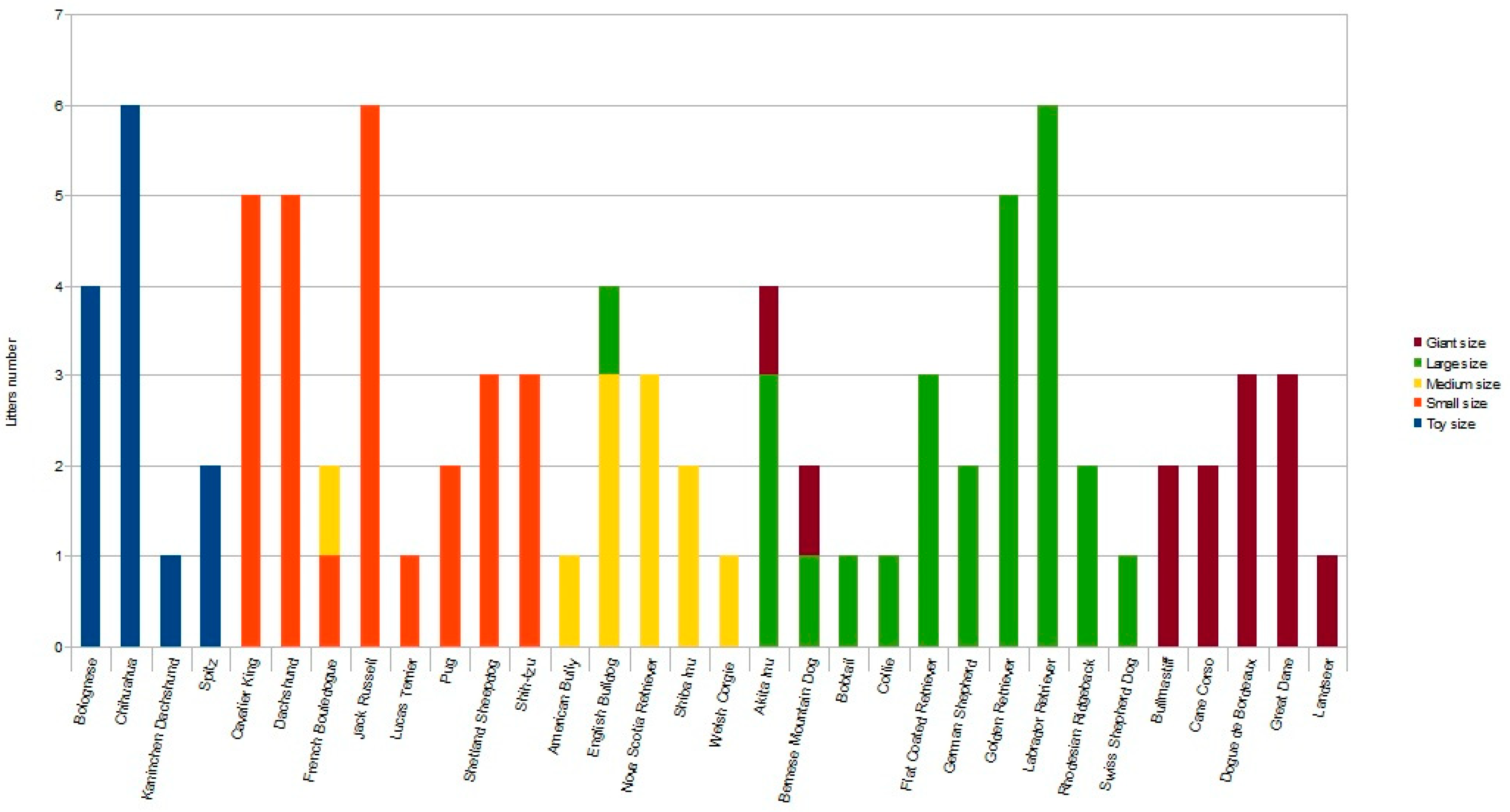
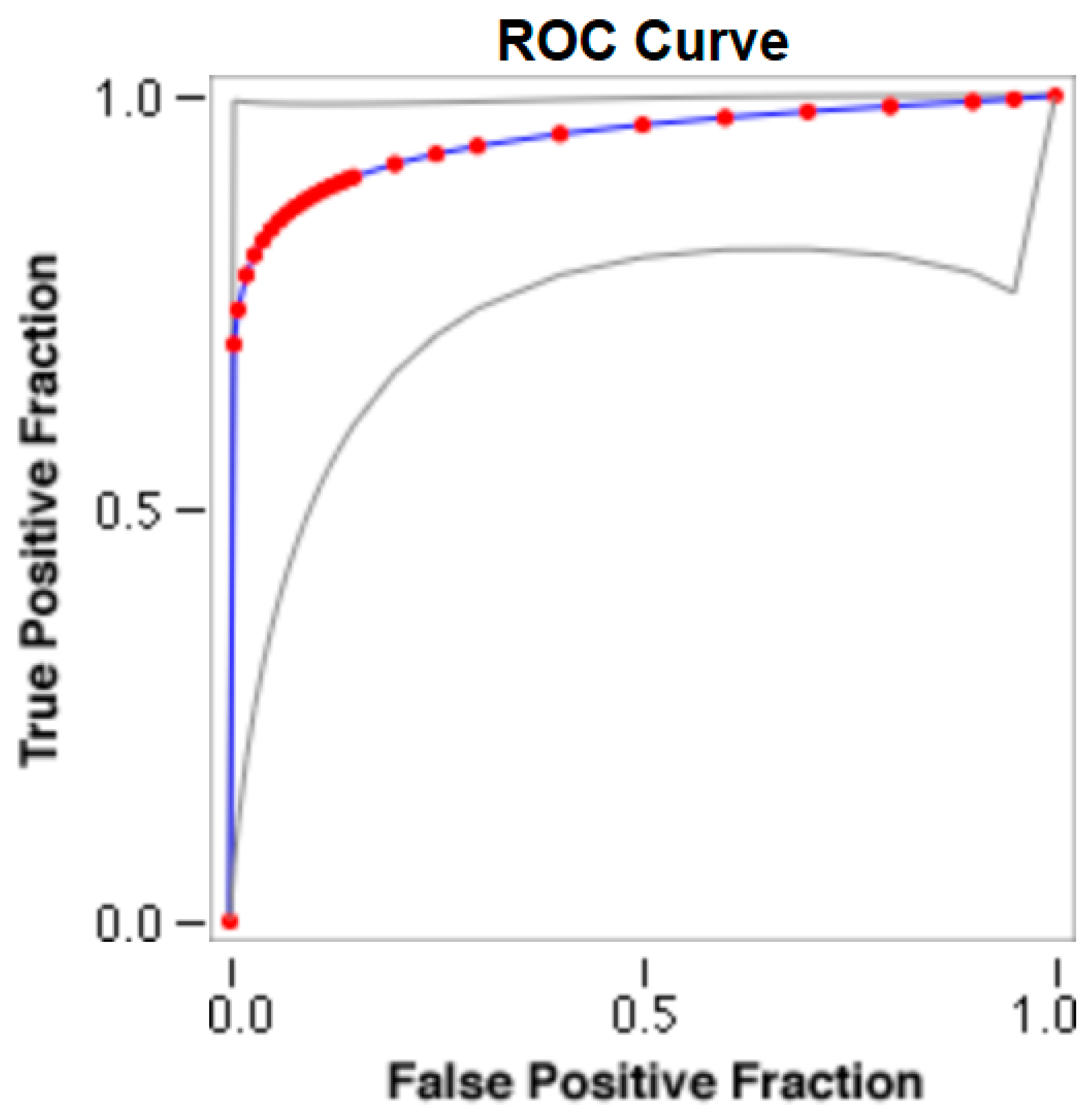
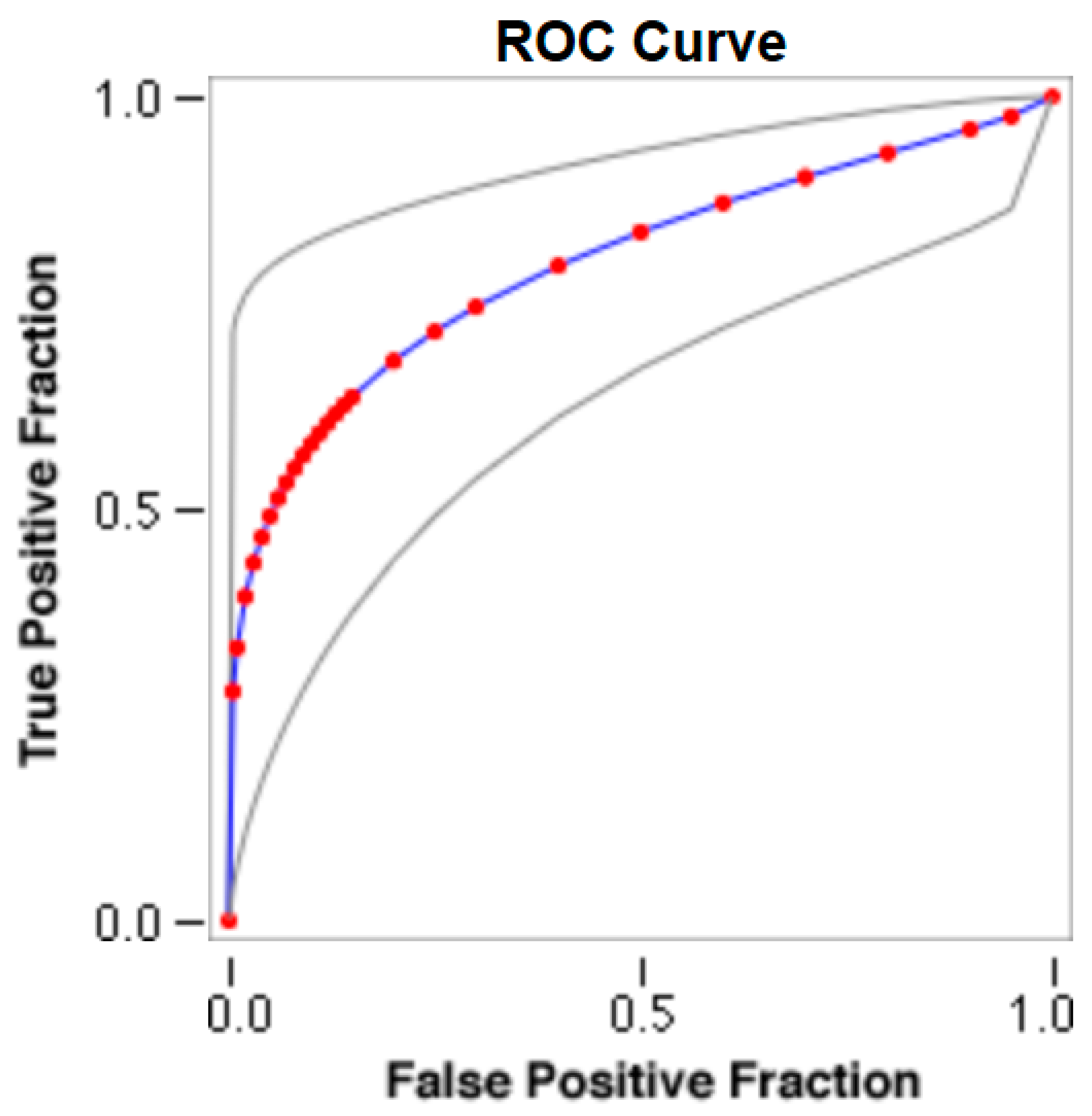
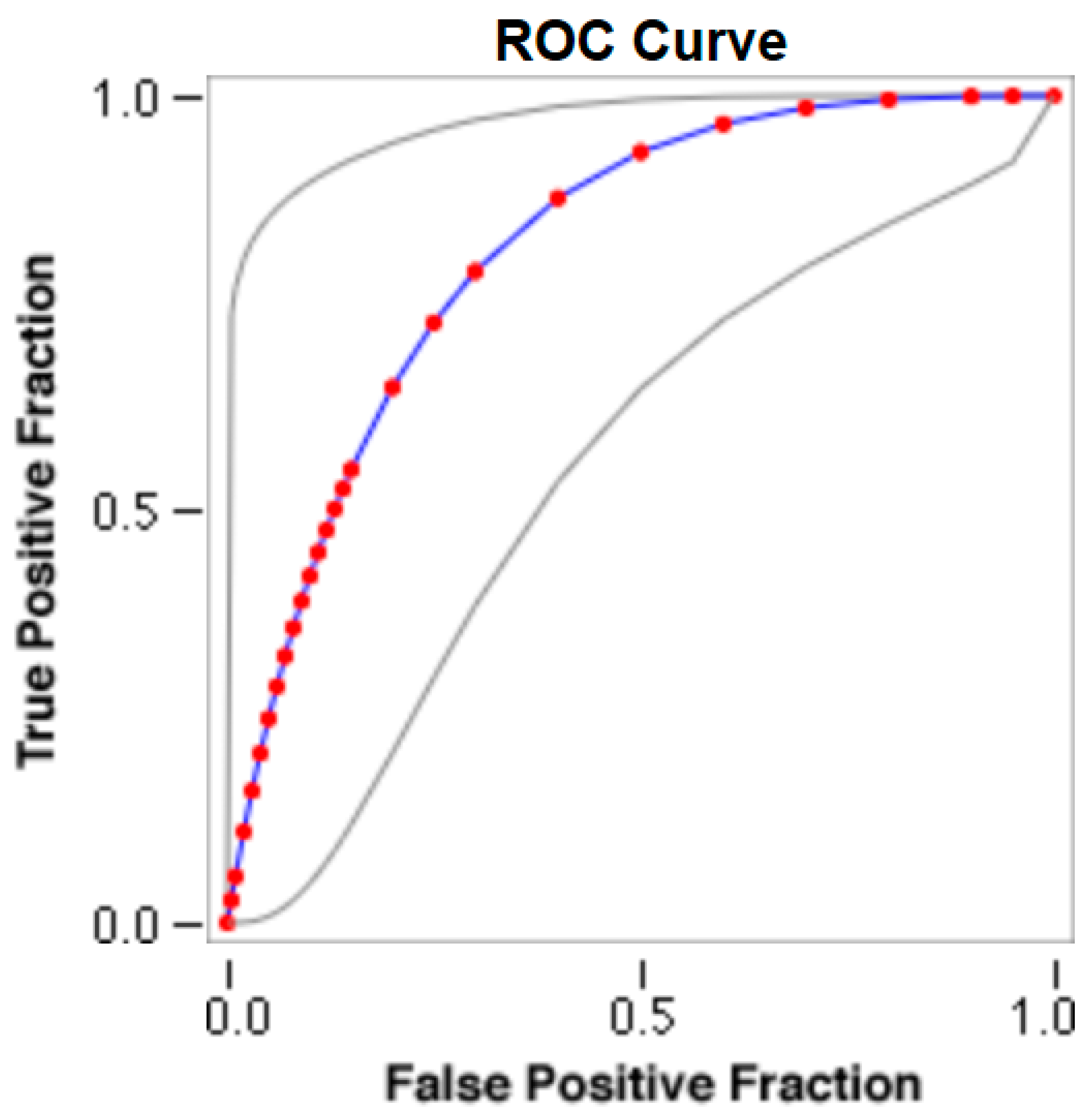
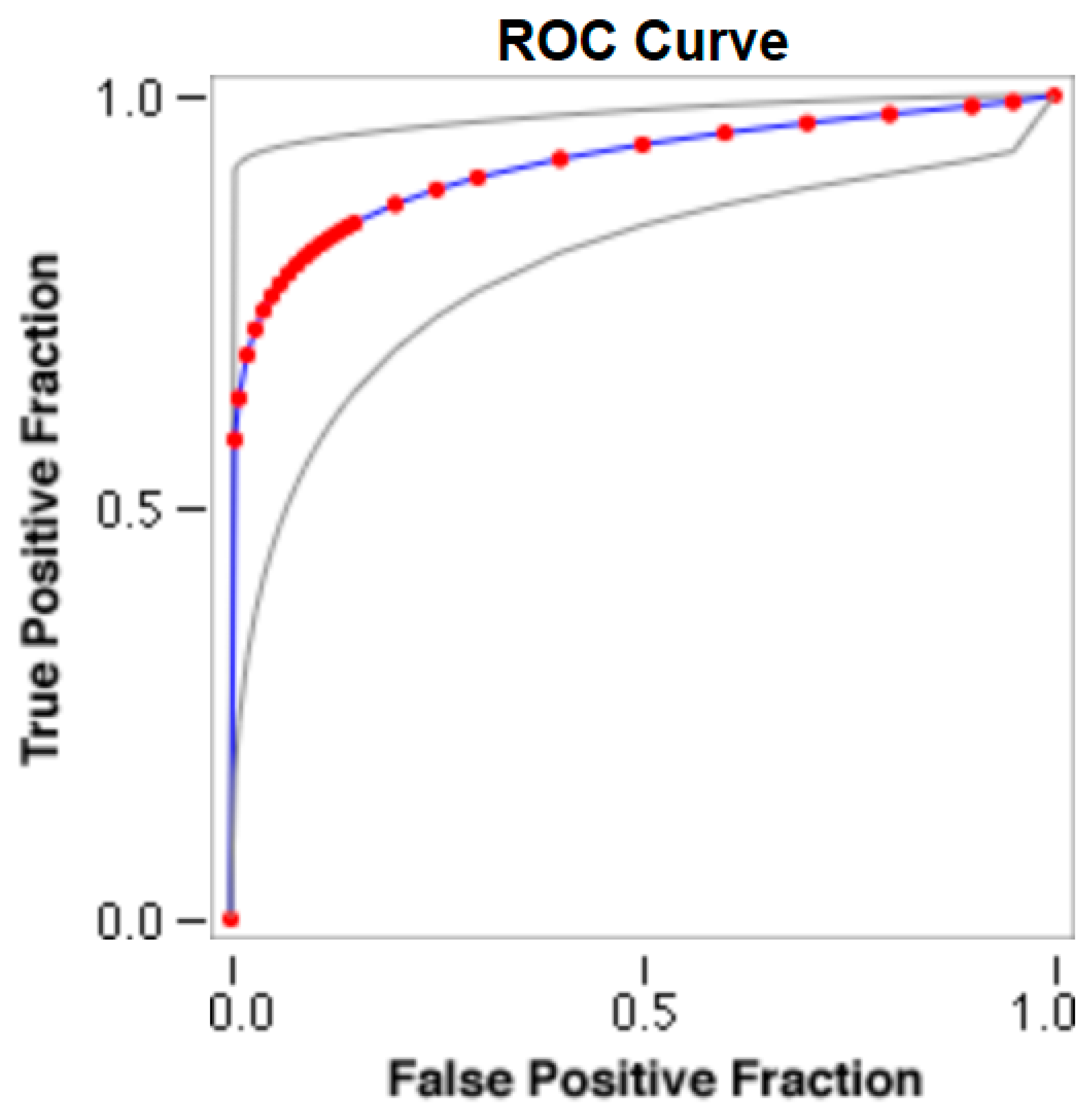
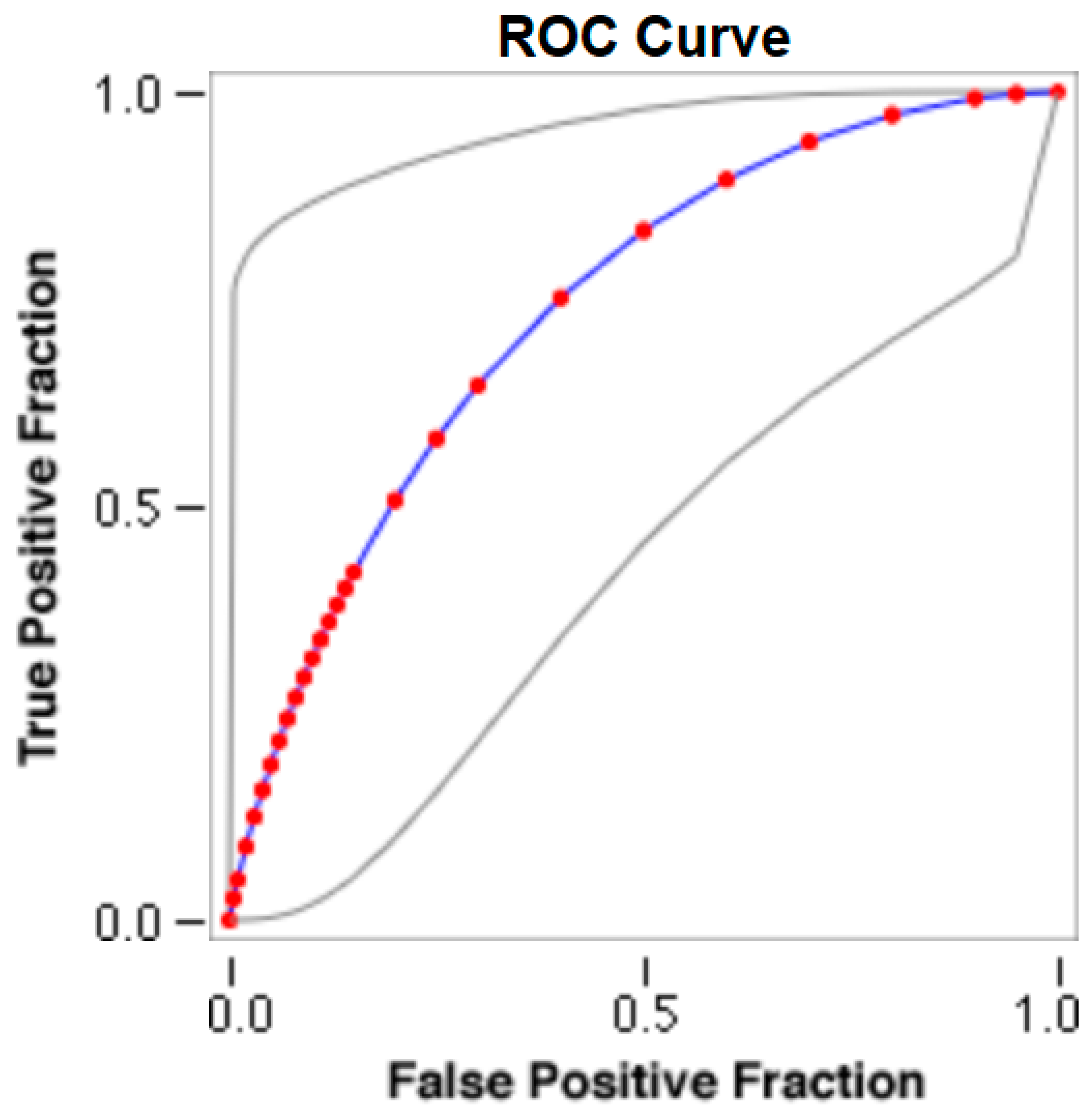
| Size | Toy Bitches | Small Bitches | Medium Bitches | Large Bitches | Giant Bitches |
|---|---|---|---|---|---|
| Small Litter (n. puppies/litter) | 1 | ≤3 | ≤3 | ≤5 | ≤6 |
| Medium Litter (n. puppies/litter) | 2–3 | 4–6 | 4–8 | 6–10 | 7–11 |
| Large Litter (n. puppies/litter) | ≥4 | ≥7 | ≥9 | ≥11 | ≥12 |
| Size | Toy | Small | Medium | Large | Giant | ||||
|---|---|---|---|---|---|---|---|---|---|
| Puppies | 3.1 ± 0.8 a | 4.8 ± 1.7 b | 5.6 ± 2.4 b | 7.6 ± 3.0 c | 9.0 ± 3.1 d | ||||
| Mean litter-size | Puppies | Mean % ± SD | Puppies | Mean % ± SD | Puppies | Mean % ± SD | Puppies | Mean % ± SD | Puppies |
| Small | 1 | 5.1 ± 0.1 a | ≤3 | 3.3 ± 0.6 b | ≤3 | 1.9 ± 0.6 bc | ≤5 | 1.7 ± 0.2 c† | ≤6 |
| Medium | 2–3 | 5.8 ± 1.1 a | 4–6 | 3.4 ± 0.7 b | 4–8 | 2.0 ± 0.5 c | 6–10 | 1.4 ± 0.2 d‡ | 7–11 |
| Large | ≥4 | 4.7 ± 0.8 a | ≥7 | 3.3 ± 0.2 b | ≥9 | 1.5 ± 0.4c | ≥11 | 1.3 ± 0.1 d§ | ≥12 |
| Size | Toy | Small | Medium | Large | Giant | |
|---|---|---|---|---|---|---|
| Mean% ± SD | Mean% ± SD | Mean% ± SD | Mean% ± SD | Mean% ± SD | p-Value | |
| Males | 5.6 ± 1.3 a | 3.3 ± 0.7 b | 2.0 ± 0.6 c | 1.5 ± 0.2 d | 1.1 ± 0.1 e | 0.001 |
| Females | 5.2 ± 0.8 a | 3.4 ± 0.9 b | 1.9 ± 0.5 c | 1.4 ± 0.2 d | 1.0 ± 0.1 e | 0.001 |
| p-Value | 0.052 | 0.15 | 0.197 | 0.059 | 0.058 |
| Size | Toy | Small | Medium | Large | Giant | |
|---|---|---|---|---|---|---|
| Mean% ± SD | Mean% ± SD | Mean% ± SD | Mean% ± SD | Mean% ± SD | p-Value | |
| Alive | 5.4 ± 1.1 a | 3.4 ± 0.8 b | 2.0 ± 0.5 c | 1.4 ± 0.3 d | 1.0 ± 0.1 e | 0.001 |
| Dead | 4.2 ± 0.1 A | 2.5 ± 0.6 B | 1.5 ± 0.5 C | 1.1 ± 0.2 D | 0.9 ± 0.2 E | 0.001 |
| p-Value | 0.016 | 0.003 | 0.010 | 0.020 | 0.037 |
| Size | AUC | N-MBW% Threshold | Sensitivity (%) | Specificity (%) | Likelihood Ratio + | Likelihood Ratio − |
|---|---|---|---|---|---|---|
| Toy | 0.947 | 4.463 | 86.12 | 92.57 | 11.6 | 0.15 |
| Small | 0.798 | 3.218 | 63.08 | 85.47 | 4.43 | 0.43 |
| Medium | 0.816 | 1.545 | 82.03 | 66.81 | 2.47 | 0.27 |
| Large | 0.916 | 1.242 | 79.22 | 92.20 | 10.16 | 0.23 |
| Giant | 0.739 | 0.979 | 72.03 | 63.22 | 1.99 | 0.44 |
Disclaimer/Publisher’s Note: The statements, opinions and data contained in all publications are solely those of the individual author(s) and contributor(s) and not of MDPI and/or the editor(s). MDPI and/or the editor(s) disclaim responsibility for any injury to people or property resulting from any ideas, methods, instructions or products referred to in the content. |
© 2023 by the authors. Licensee MDPI, Basel, Switzerland. This article is an open access article distributed under the terms and conditions of the Creative Commons Attribution (CC BY) license (https://creativecommons.org/licenses/by/4.0/).
Share and Cite
Alonge, S.; Beccaglia, M.; Trovò, C.; Melandri, M.; Migliaretti, G. Neonatal–Maternal Bodyweight Ratio at Birth: An Indicator for First-Week Survival Prognosis in Canine Newborns. Animals 2023, 13, 3397. https://doi.org/10.3390/ani13213397
Alonge S, Beccaglia M, Trovò C, Melandri M, Migliaretti G. Neonatal–Maternal Bodyweight Ratio at Birth: An Indicator for First-Week Survival Prognosis in Canine Newborns. Animals. 2023; 13(21):3397. https://doi.org/10.3390/ani13213397
Chicago/Turabian StyleAlonge, Salvatore, Michela Beccaglia, Chiara Trovò, Monica Melandri, and Giuseppe Migliaretti. 2023. "Neonatal–Maternal Bodyweight Ratio at Birth: An Indicator for First-Week Survival Prognosis in Canine Newborns" Animals 13, no. 21: 3397. https://doi.org/10.3390/ani13213397
APA StyleAlonge, S., Beccaglia, M., Trovò, C., Melandri, M., & Migliaretti, G. (2023). Neonatal–Maternal Bodyweight Ratio at Birth: An Indicator for First-Week Survival Prognosis in Canine Newborns. Animals, 13(21), 3397. https://doi.org/10.3390/ani13213397






